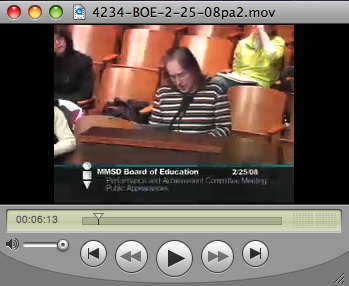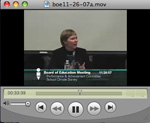Children are fantastic little learning machines. They are hardwired to play with ideas and absorb knowledge. Adults, alas, are not. That is why the challenge of adult education and lifelong learning is more difficult – and ultimately more important – than childhood education. Societies that are serious about raising their standard of living should focus on enhancing the productivity of parents rather than boosting teenage test scores.
The economic rationale is clear. Ageing populations of Europe, China and North America increasingly enjoy long and healthy lives. Yet as they grow older, wealth creation depends on the ability to acquire and convert information, skills and technologies into new value. In this environment, hard-won expertise, rather like expensive capital equipment, often depreciates with astonishing speed. The cruel “human capital” jibe, that many workers do not have 20 years’ experience but one year’s experience 20 times over, has assumed new poignancy.
The premise that quality education during life’s first two decades matters more than for decades four and five has become literally counterproductive. Demographic realities and dynamic economies have made “ageing adults” today’s most underappreciated – and underappreciating – capital asset class.
Improving returns on that asset requires neither great sums of money nor greater flights of imagination. The key is to rethink and reorganise how busy but anxious adults can benefit from education and training opportunities. Technology makes meeting that challenge far more affordable, entrepreneurial and compelling. Adult education is a market ripe for rapid global transformation.
Continuing our technology & education discussions. Related posts: on technology spending in Milwaukee and Lauren Rosen Yaezel on Technology in the Madison Schools.
Brittanica on Adult Education.




